This post may contain affiliate links which means I will get a commission if you make a purchase at no additional cost to you. As an Amazon Associate I earn from qualifying purchases. Please read my disclosure for details.
Most of us rely on ingredient labels to make informed decisions about what we eat. However, food labels don’t always tell the full story. Due to loopholes in food regulations, processing methods, and vague ingredient listings, there are hidden ingredients in many of our favorite foods.
These unlisted additives can impact health, dietary restrictions, and personal food choices. Here are 10 surprising ingredients that might be in your food without your knowledge.
1. Processing Aids (Used but Not Listed)
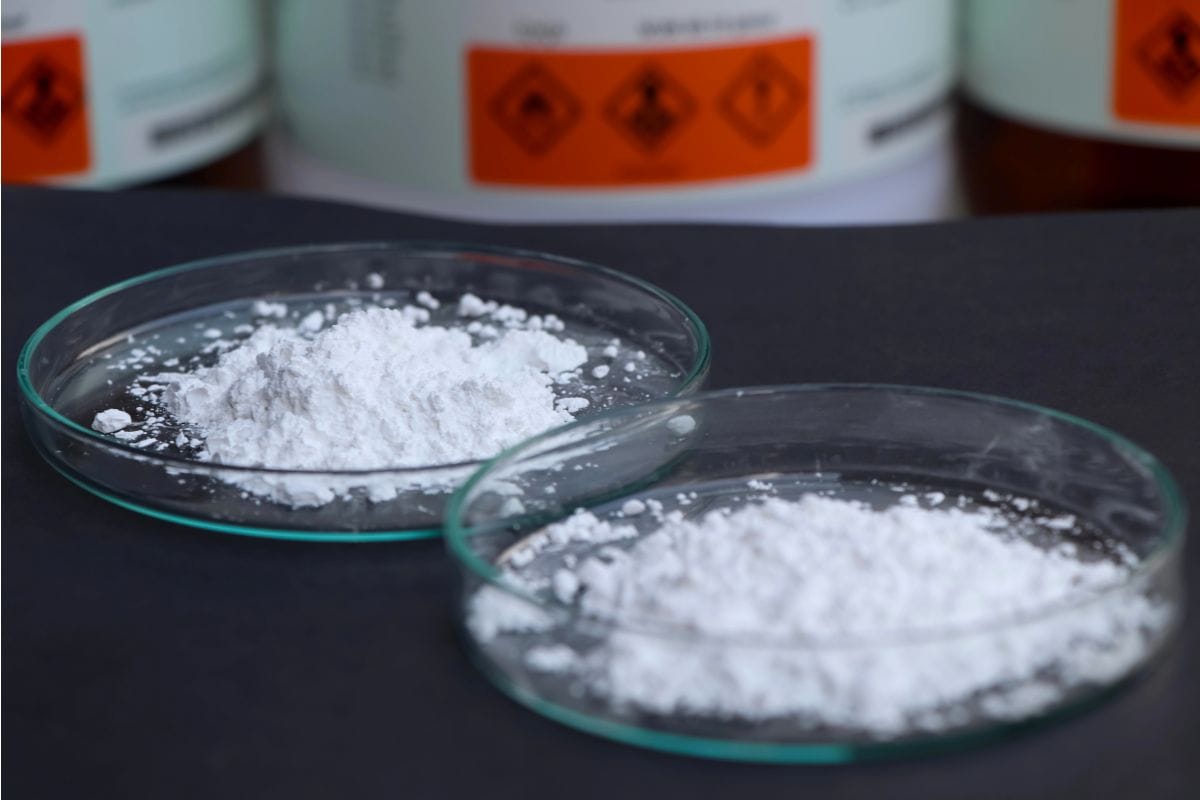
WANT TO SAVE THIS RECIPE?
Processing aids are chemicals and substances used during food production but aren’t required to be listed on labels because they don’t technically remain in the final product.
Examples include anti-foaming agents in frying oils, solvents used in flavor extractions, and bleaching agents in flour. While they may seem harmless, some of these additives can have unintended health effects or trigger sensitivities in people with food allergies or dietary restrictions.
2. “Natural Flavors” That Aren’t So Natural
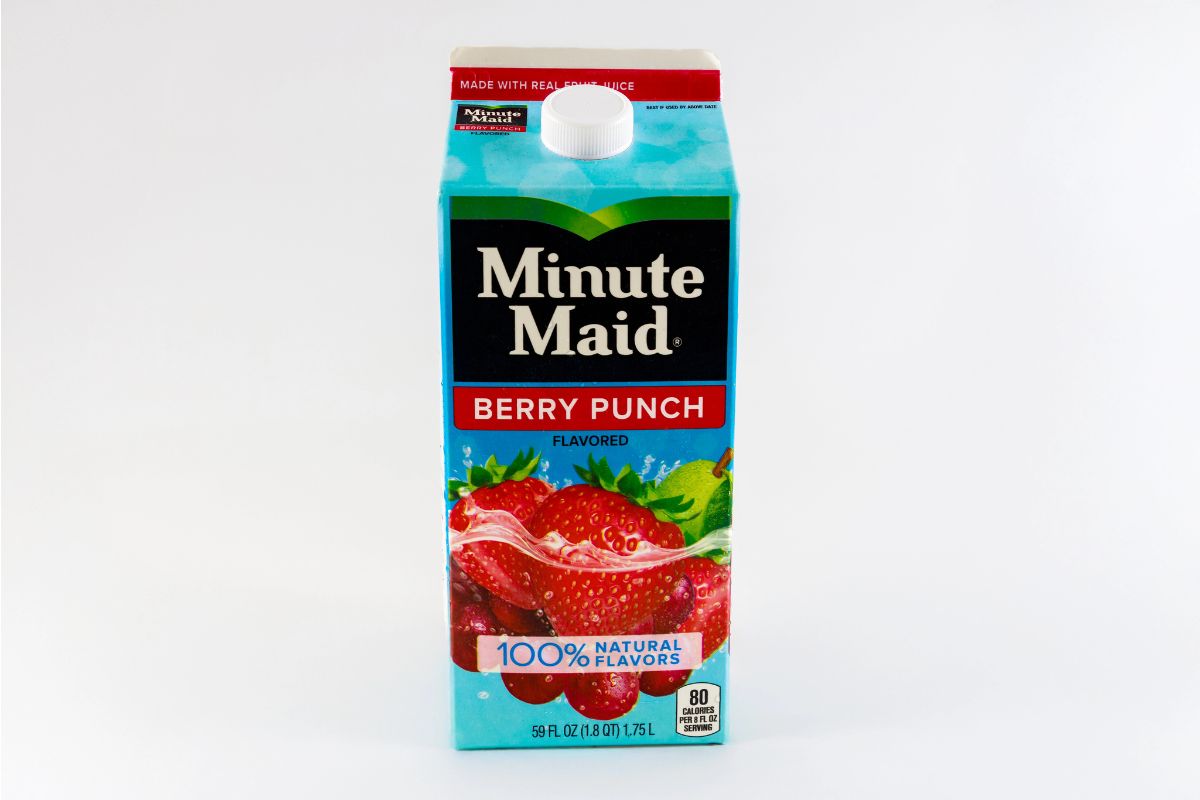
The term “natural flavors” sounds harmless, but it’s often a catch-all phrase for a mix of chemicals derived from both natural and synthetic sources.
The FDA allows food manufacturers to list “natural flavors” without specifying the actual ingredients, meaning they could contain additives like MSG, preservatives, or animal-derived compounds. For those with allergies or dietary preferences, this lack of transparency can be concerning.
3. Hidden Trans Fats (Despite the “Zero Trans Fat” Claim)

Even if a food label claims “zero trans fat,” that doesn’t necessarily mean the product is free of it. FDA regulations allow products to contain up to 0.5 grams of trans fat per serving without listing it.
This means if you eat multiple servings of processed foods like microwave popcorn, margarine, or coffee creamers, you could be consuming trans fats without realizing it—posing risks for heart health.
Related Post: 12 Packaged Food Ripoffs That Have Quietly Gotten Worse
4. Preservatives in Packaging That Transfer to Food
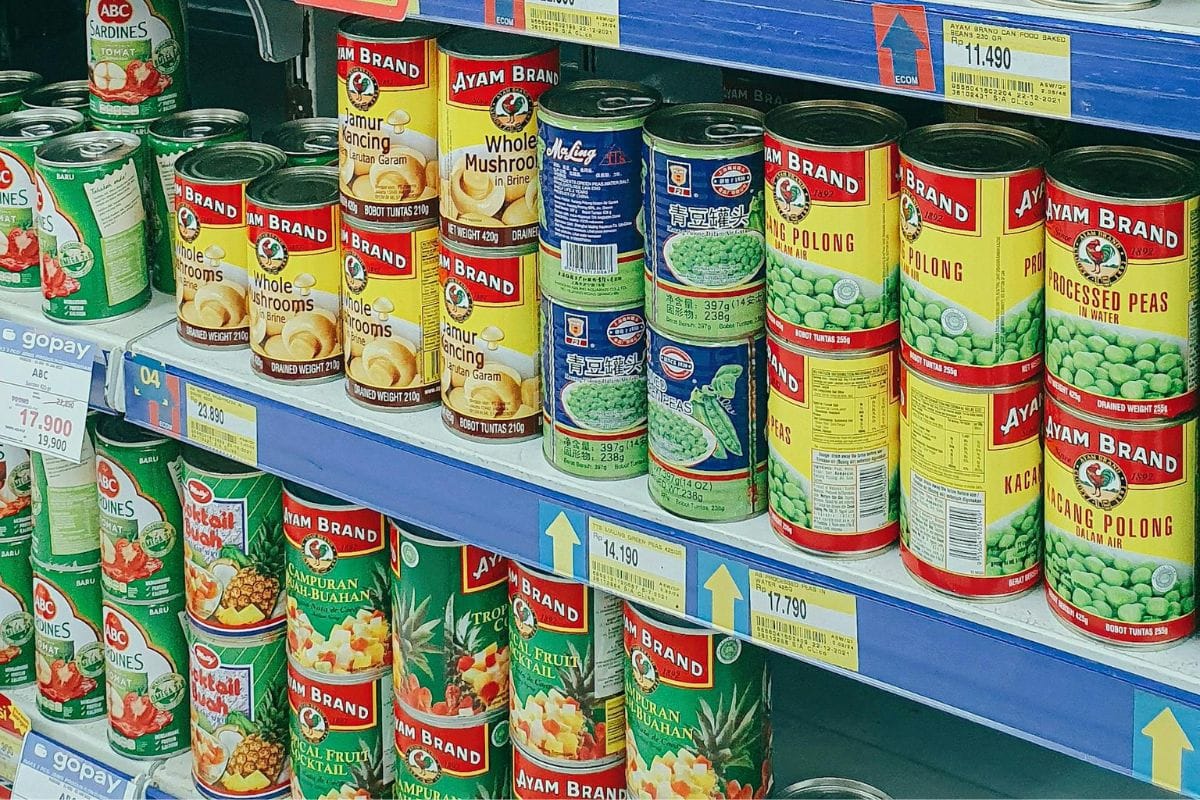
Many foods come in plastic containers, cans, or wrappers treated with preservatives to extend shelf life. Chemicals like bisphenol A (BPA), phthalates, and perfluorinated compounds (PFCs) can leach into food from packaging, particularly with heat exposure.
These chemicals have been linked to hormone disruption and other health concerns. Even though they’re not technically food ingredients, they still make their way into what we eat.
Related Post: 14 Sneaky Restaurant Pricing Tricks That Make You Overpay
5. Carrageenan in Dairy Alternatives and Processed Foods

Carrageenan, a thickener derived from seaweed, is commonly found in plant-based milk, deli meats, and some dairy products.
While it’s natural, research suggests that carrageenan may trigger digestive issues, inflammation, and even contribute to gut health problems. It’s not always listed on labels, as some products categorize it under “stabilizers” or “emulsifiers,” making it difficult for consumers to avoid if they are sensitive to it.
Sign up now to receive our exclusive e-cookbook filled with top-rated recipes for FREE!
6. Pesticide Residues on Produce and Grains
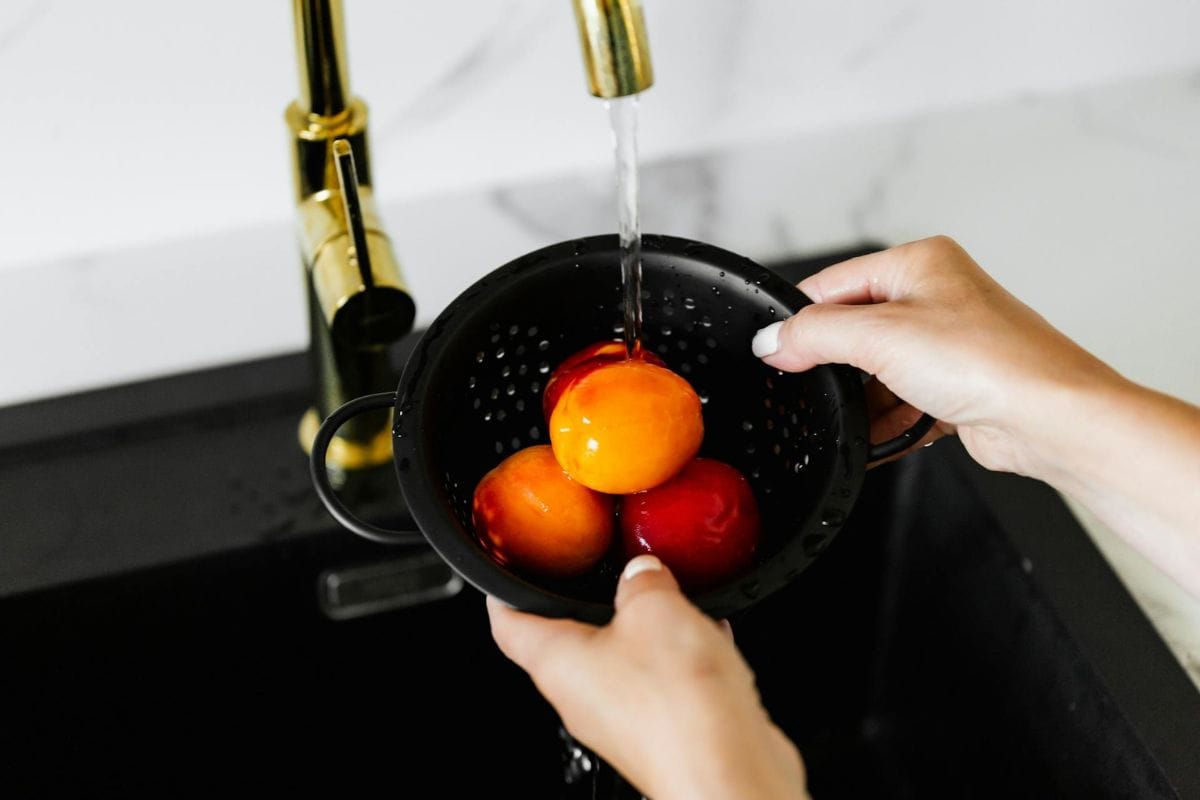
Even if you buy conventional fruits and vegetables that aren’t genetically modified, they may still contain pesticide residues. While washing produce helps reduce exposure, some pesticides can be absorbed into the plant itself.
The USDA tests food for pesticide residues, but trace amounts are still legally allowed in many foods. This means that even if pesticides aren’t listed as ingredients, they may still be present in your food.
Related Post: 8 Everyday Foods Facing Higher Prices Under Trump’s Tariffs
7. Meat Glue (Transglutaminase) in Processed Meat and Seafood
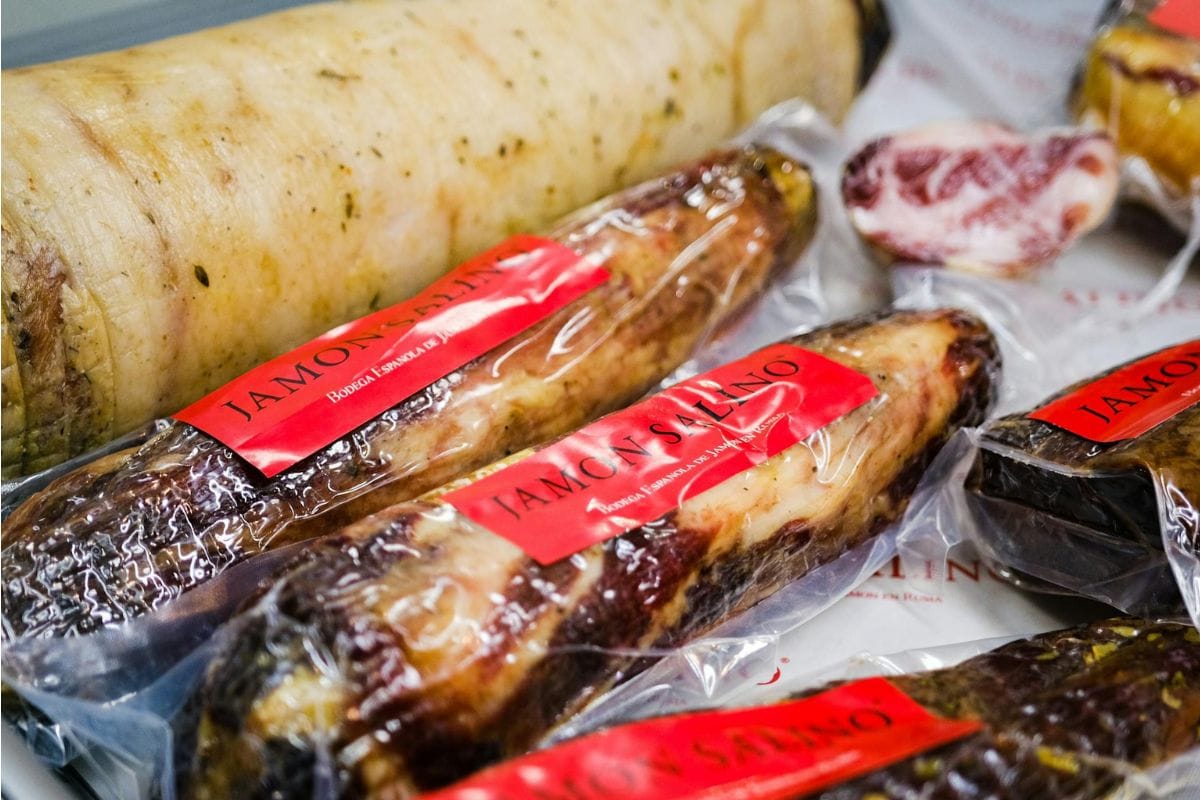
Transglutaminase, commonly known as “meat glue,” is used to bind smaller pieces of meat or seafood together to look like a whole cut. It’s often used in deli meats, imitation crab, and even some restaurant steaks. Since it’s considered a processing aid, it doesn’t always appear on food labels. While not necessarily harmful, it can be misleading, as consumers may not realize they’re eating reconstructed proteins.
Related Post: 14 Food Industry Secrets That Will Make You Question What You Buy
8. Synthetic Processing Chemicals in Decaf Coffee

Many people assume decaf coffee is a healthier alternative, but the decaffeination process often involves chemical solvents like methylene chloride or ethyl acetate.
While traces of these chemicals may remain in the coffee, they don’t have to be disclosed on labels. Some brands use a water-based decaffeination process, which is chemical-free, but consumers have no way of knowing unless they specifically research how their coffee is processed.
Related Post: 13 Shocking Fast Food Items That Pack More Sugar Than Your Favorite Candy Bar
9. Antibiotic and Hormone Residues in Meat and Dairy

Unless labeled organic or antibiotic-free, meat and dairy products may contain traces of antibiotics and growth hormones given to livestock.
While the FDA regulates residue limits, concerns remain about antibiotic resistance and hormonal imbalances in consumers. These substances don’t have to be listed on packaging, meaning many people consume them unknowingly, especially if they’re buying conventionally raised meat and dairy.
Related Post: 9 Powerful Ways Baby Boomers Shaped Modern Food Industry
10. Mold and Mycotoxins in Grains, Nuts, and Coffee

Many foods, particularly grains, nuts, and coffee beans, can contain mycotoxins—harmful substances produced by mold. While the FDA sets limits on allowable levels, mycotoxins can still be present in foods like corn, wheat, peanuts, and coffee, even in small amounts.
Because they aren’t technically ingredients, they don’t appear on labels, yet prolonged exposure has been linked to immune system suppression and other health risks.
Sign up now to receive our exclusive e-cookbook filled with top-rated recipes for FREE!
Final Thoughts: Read Between the Labels

While food labels provide valuable information, they don’t always tell the whole story. Loopholes in labeling regulations allow food manufacturers to include hidden ingredients, processing aids, and contaminants that don’t have to be explicitly listed.
If you want to take control of what you’re eating, researching your favorite brands, opting for minimally processed foods, and choosing organic when possible can help you avoid unwanted surprises. Being an informed consumer is the best way to protect your health and make better food choices.
Disclaimer: This list is solely the author’s opinion based on research and publicly available information.
8 Everyday Foods Facing Higher Prices Under Trump’s Tariffs

President Trump’s recent tariffs on imports from Mexico, Canada, and China have significantly impacted the prices of many everyday grocery products. With a 25% tariff on Mexican and Canadian imports and a 20% tariff on Chinese goods, many household staples are becoming more expensive.
Read it here: 8 Everyday Foods Facing Higher Prices Under Trump’s Tariffs
13 Worst Grocery Store Tricks Designed to Mislead Store Shoppers

Ever walked into a grocery store for just a few essentials, only to leave with a cart full of things you didn’t plan to buy? It’s not your lack of willpower—it’s by design!
Read it here: 13 Worst Grocery Store Tricks Designed to Mislead Store Shoppers
10 Old-School Restaurant Chains That Barely Exist Now

America has seen its fair share of beloved restaurant chains come and go. While some nostalgic favorites have completely disappeared, others are hanging on by a thread, with only a handful of locations left. These restaurants once thrived, serving up classic American comfort food, burgers, and shakes to generations of diners.
Read it here: 10 Old-School Restaurant Chains That Barely Exist Now
You’ll love these related posts:
